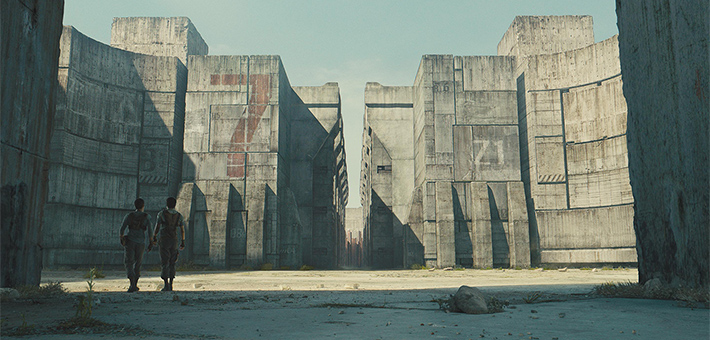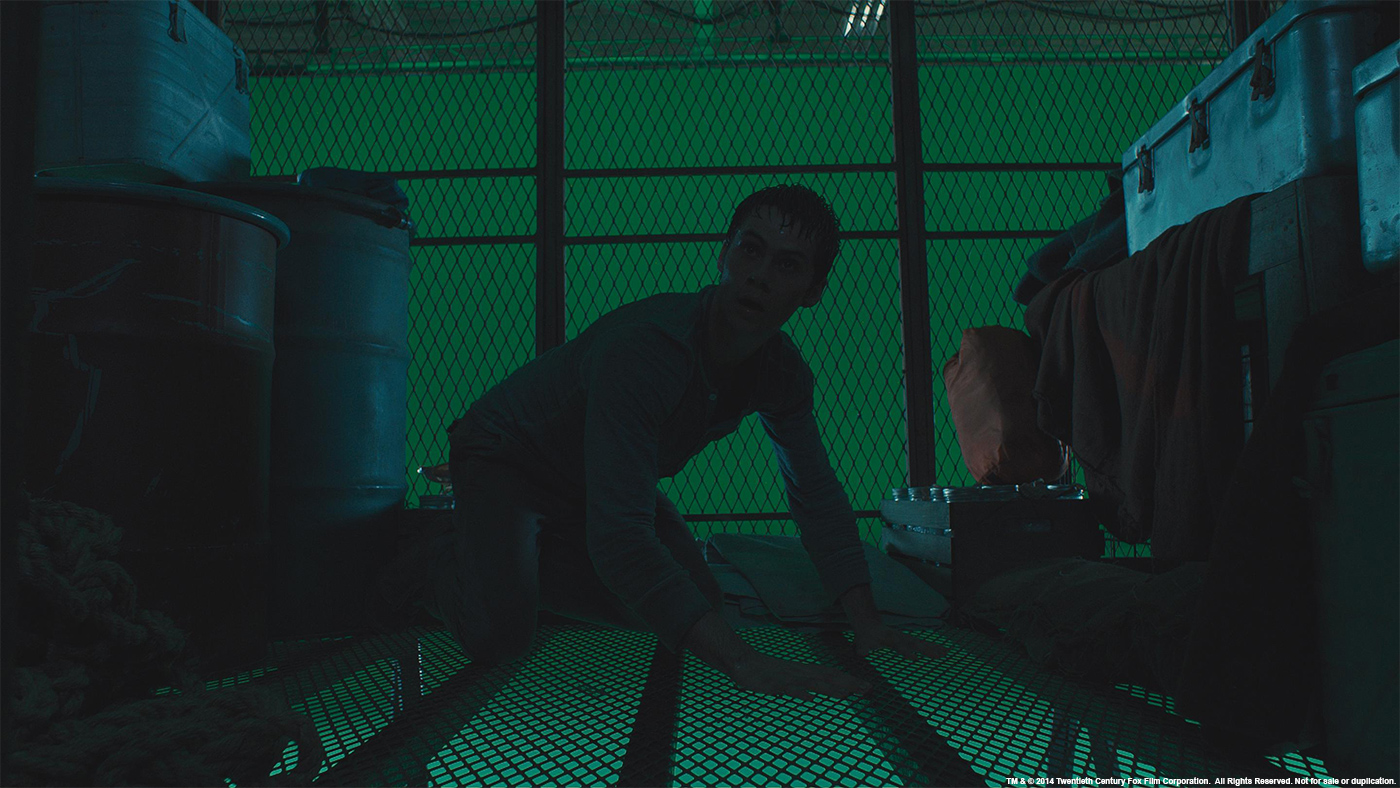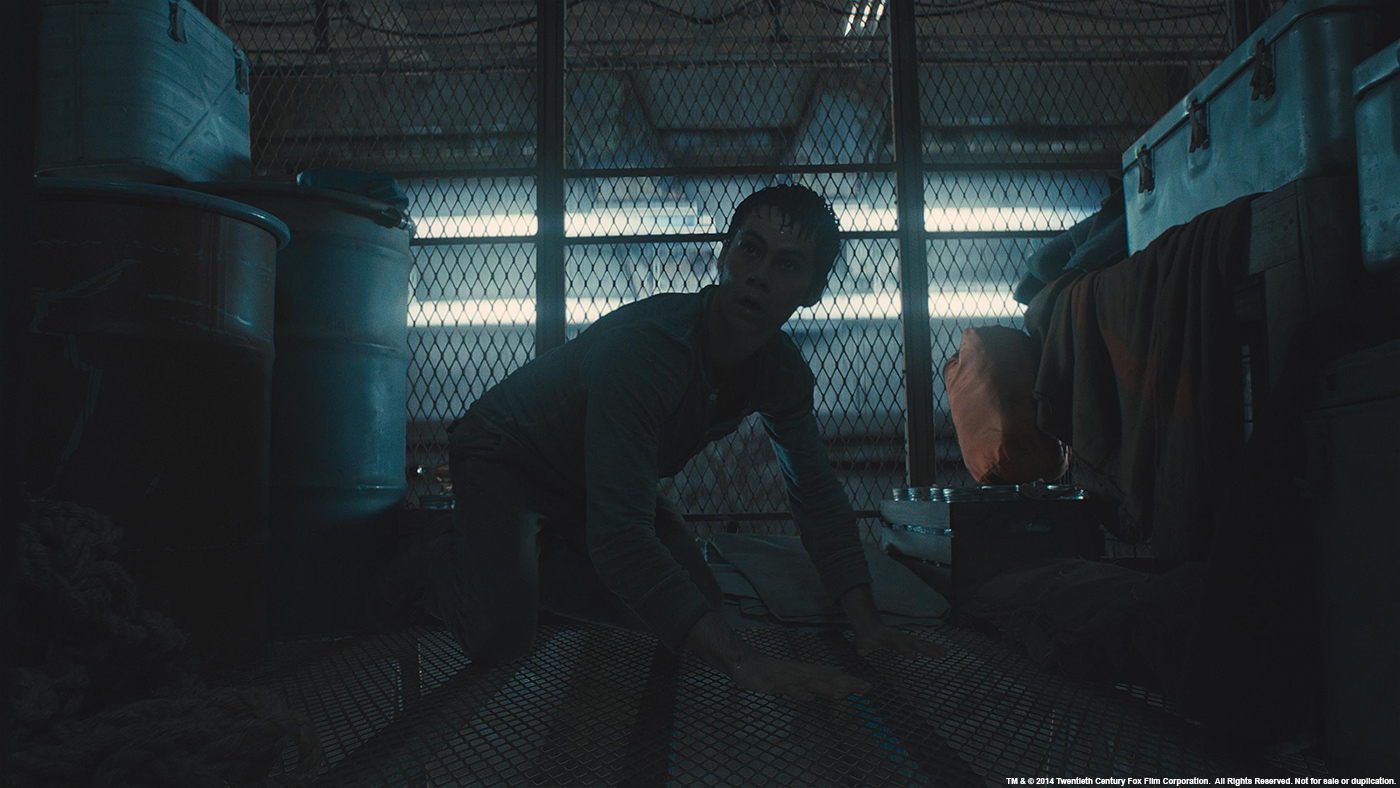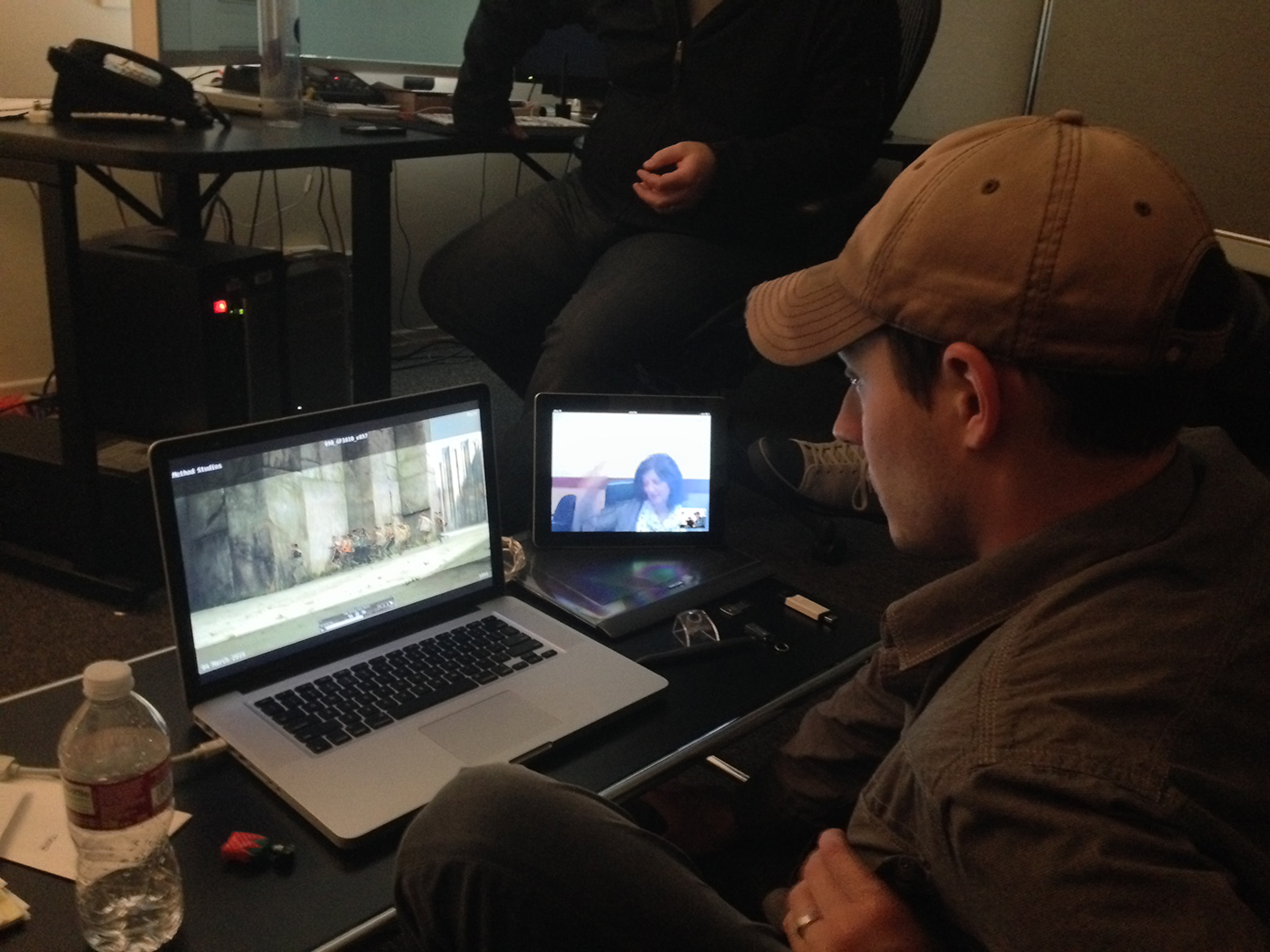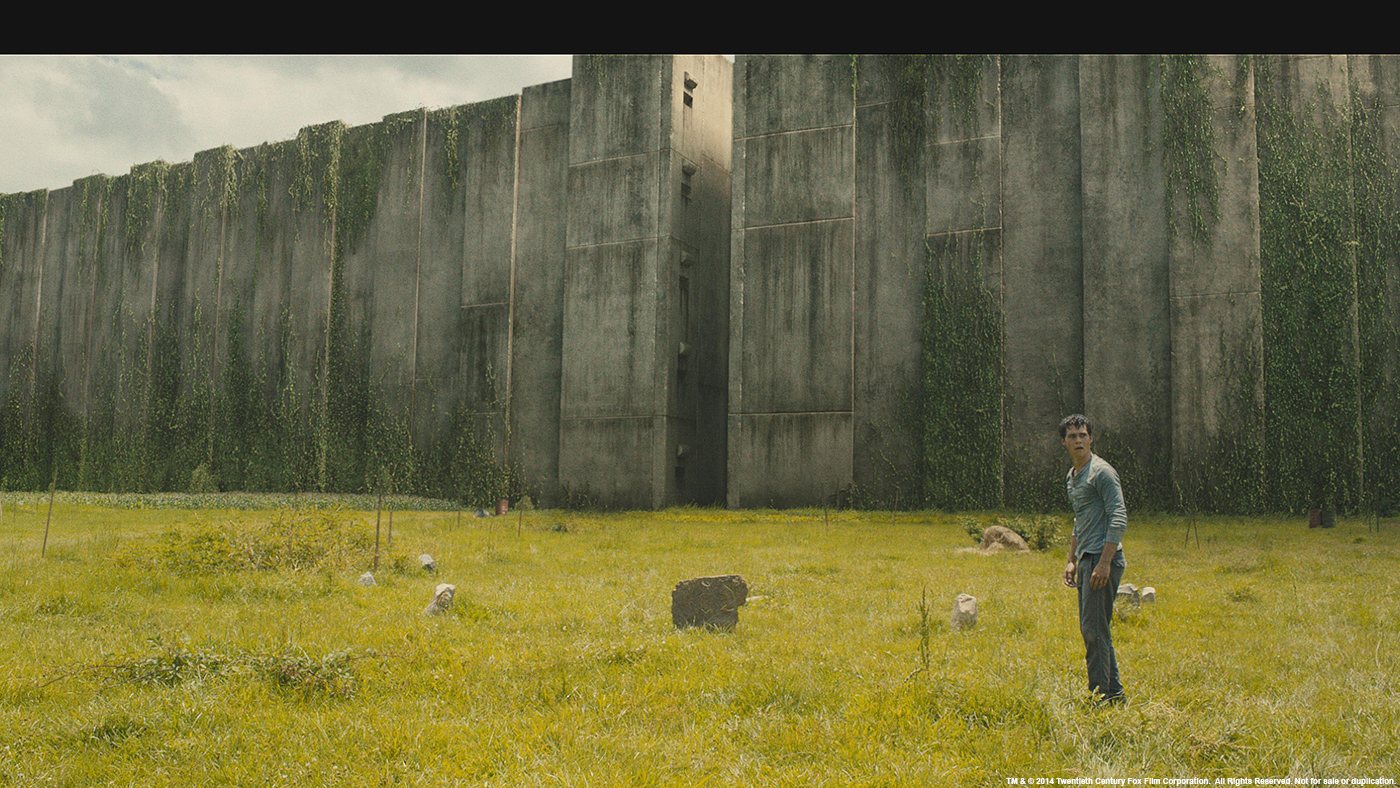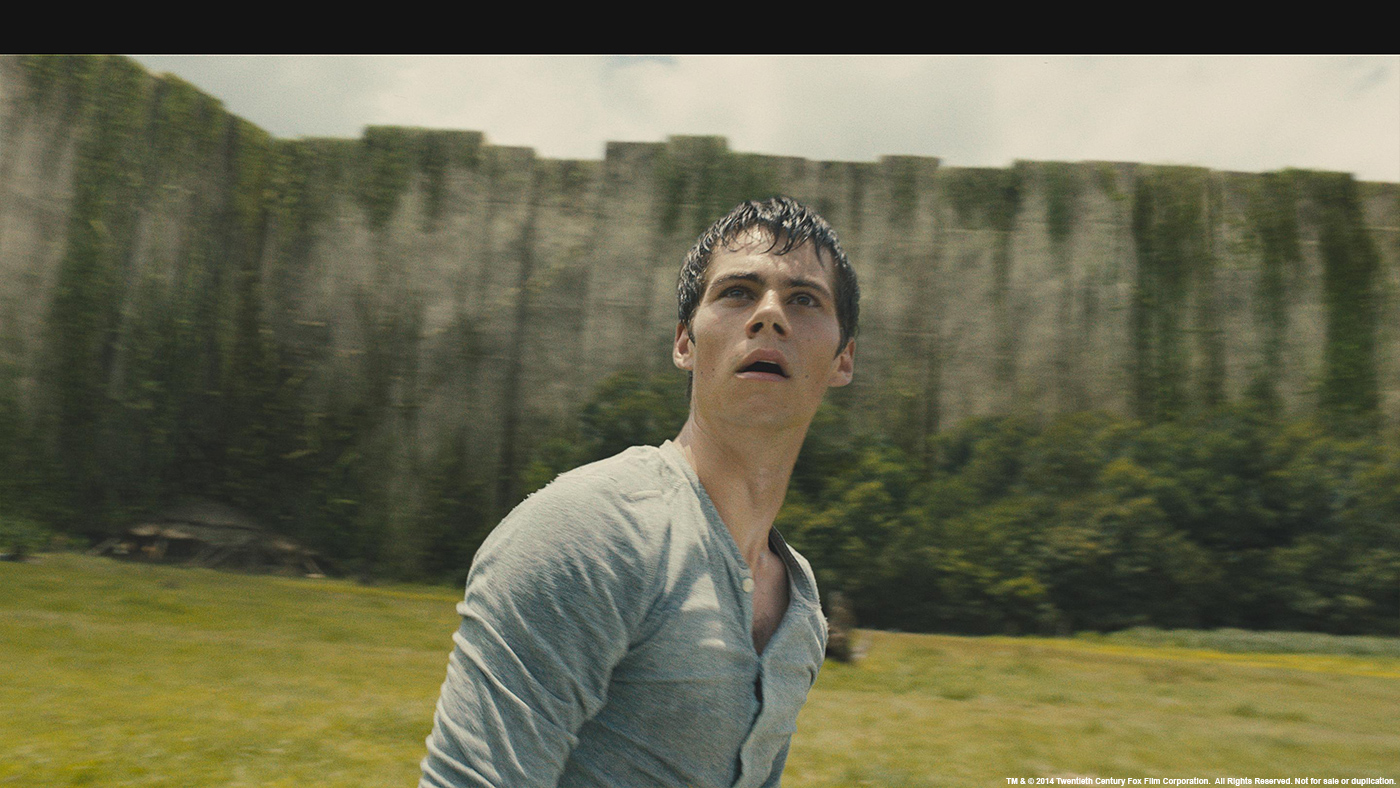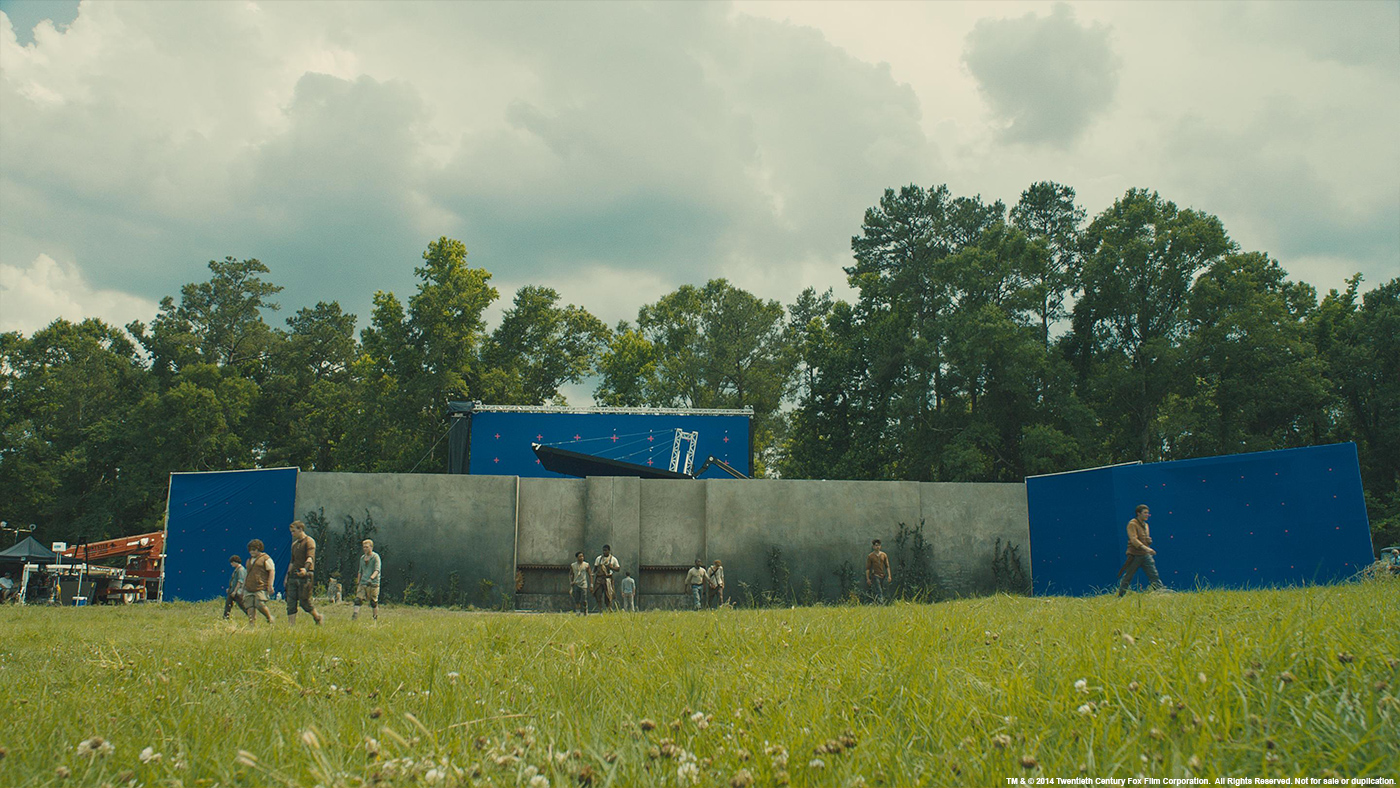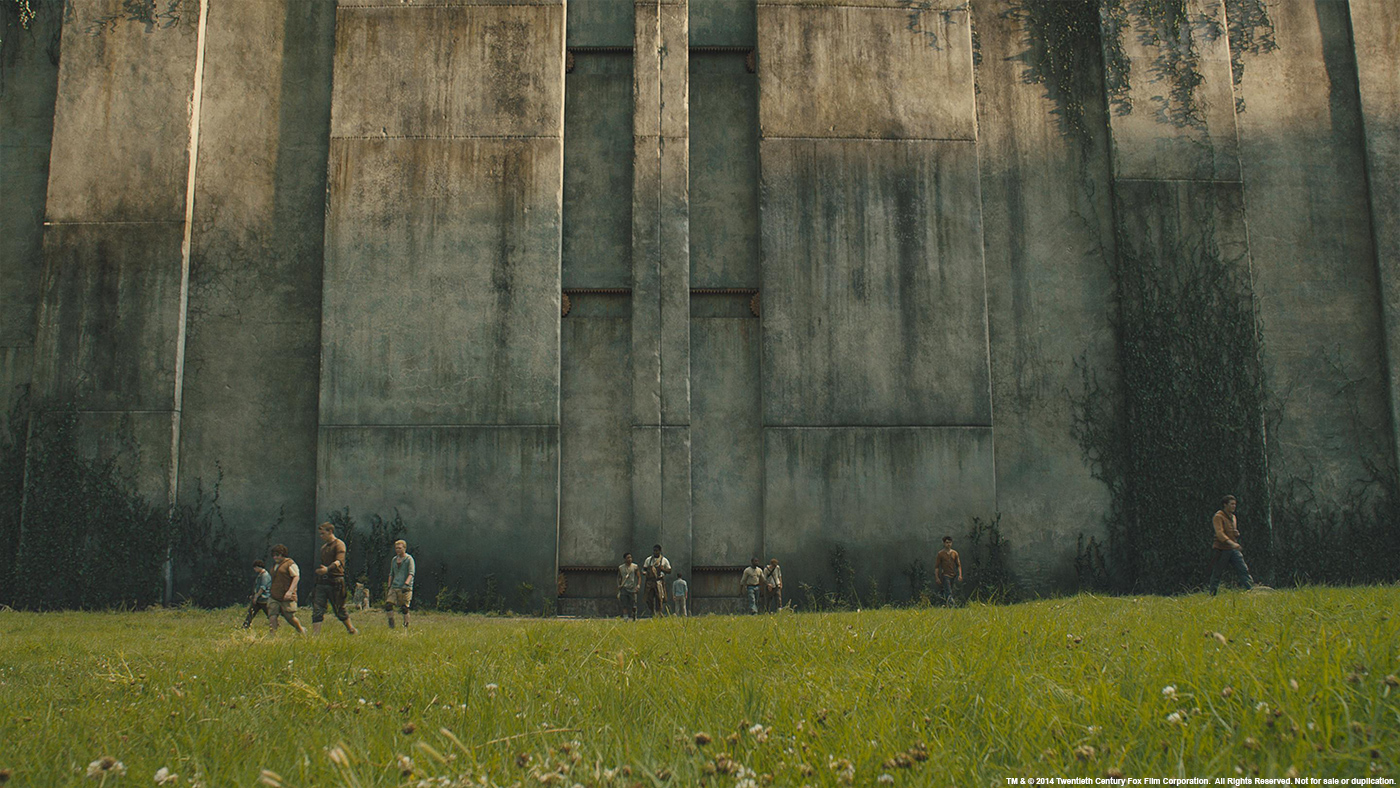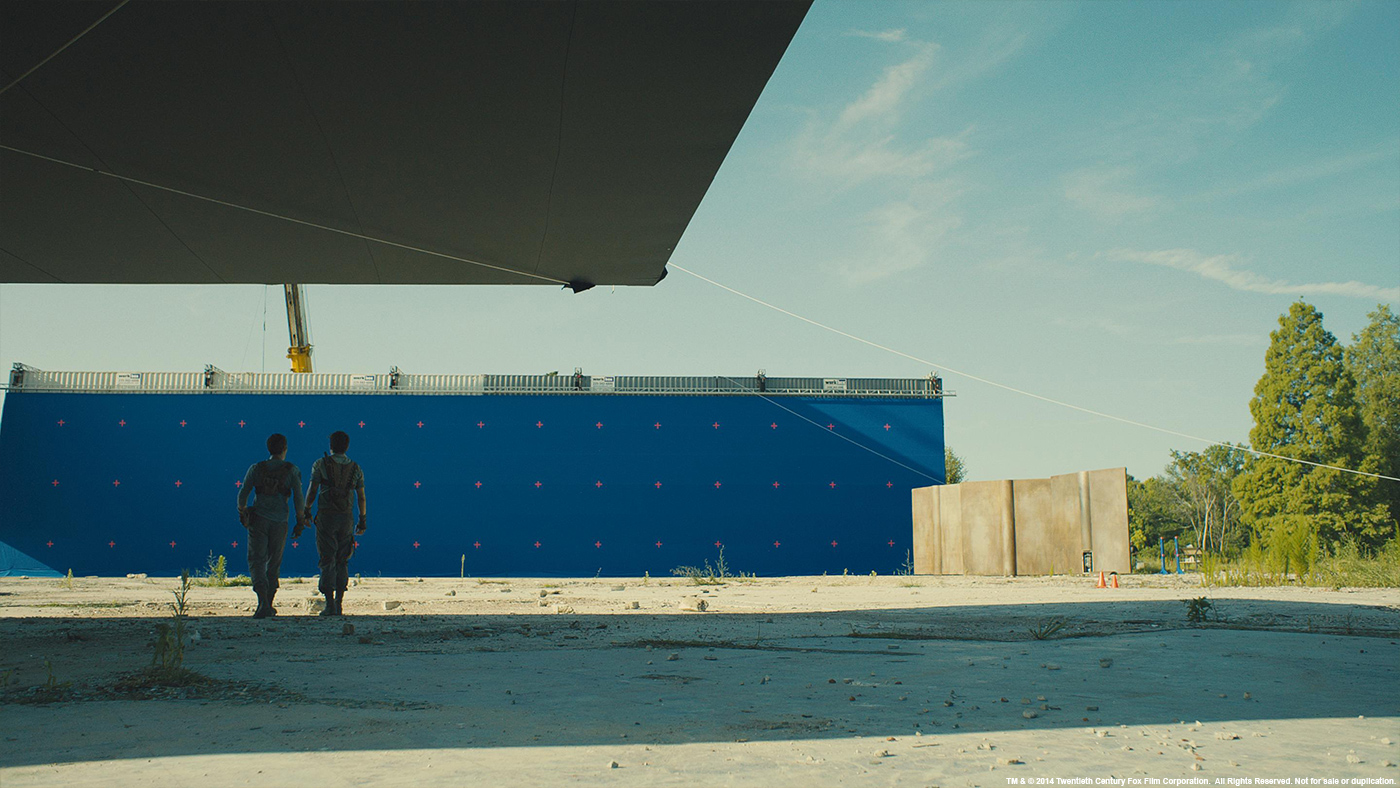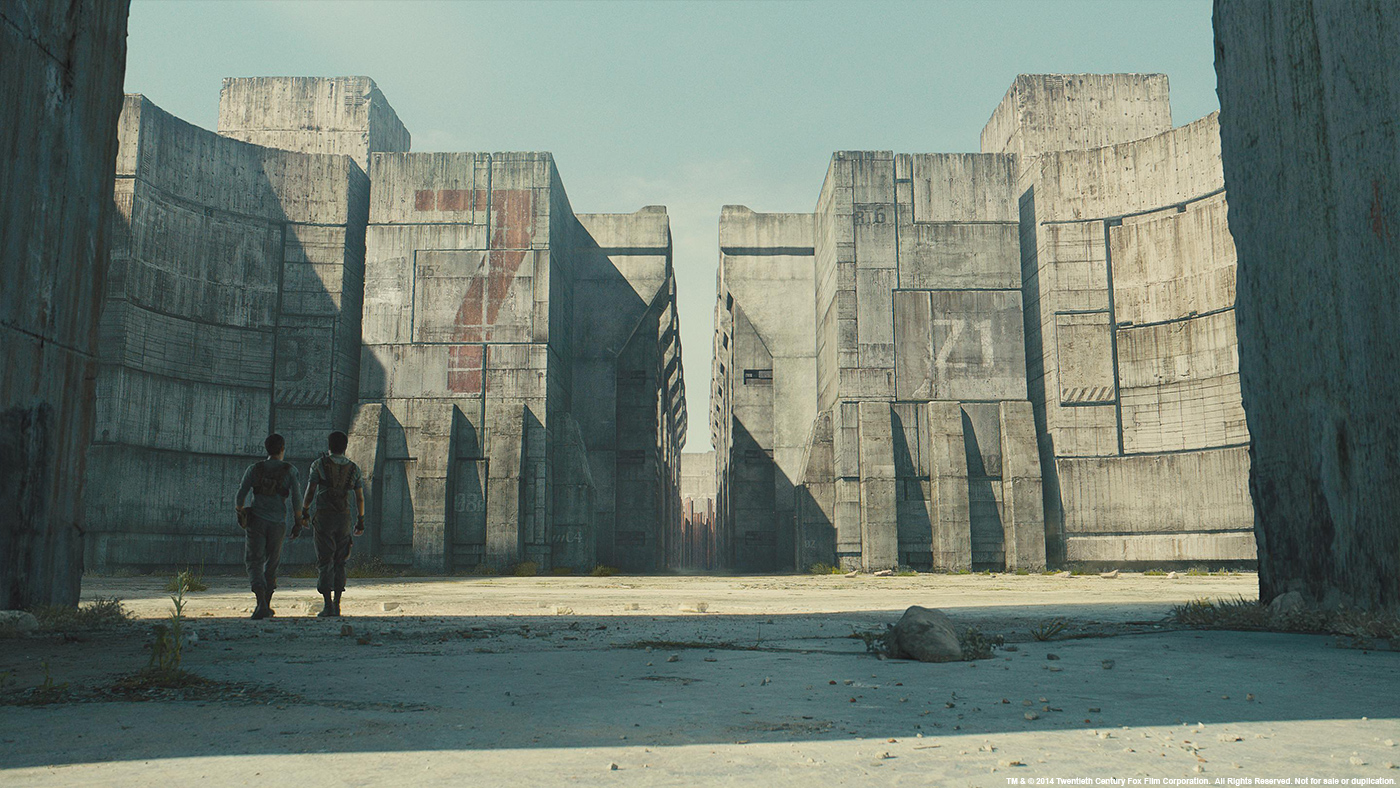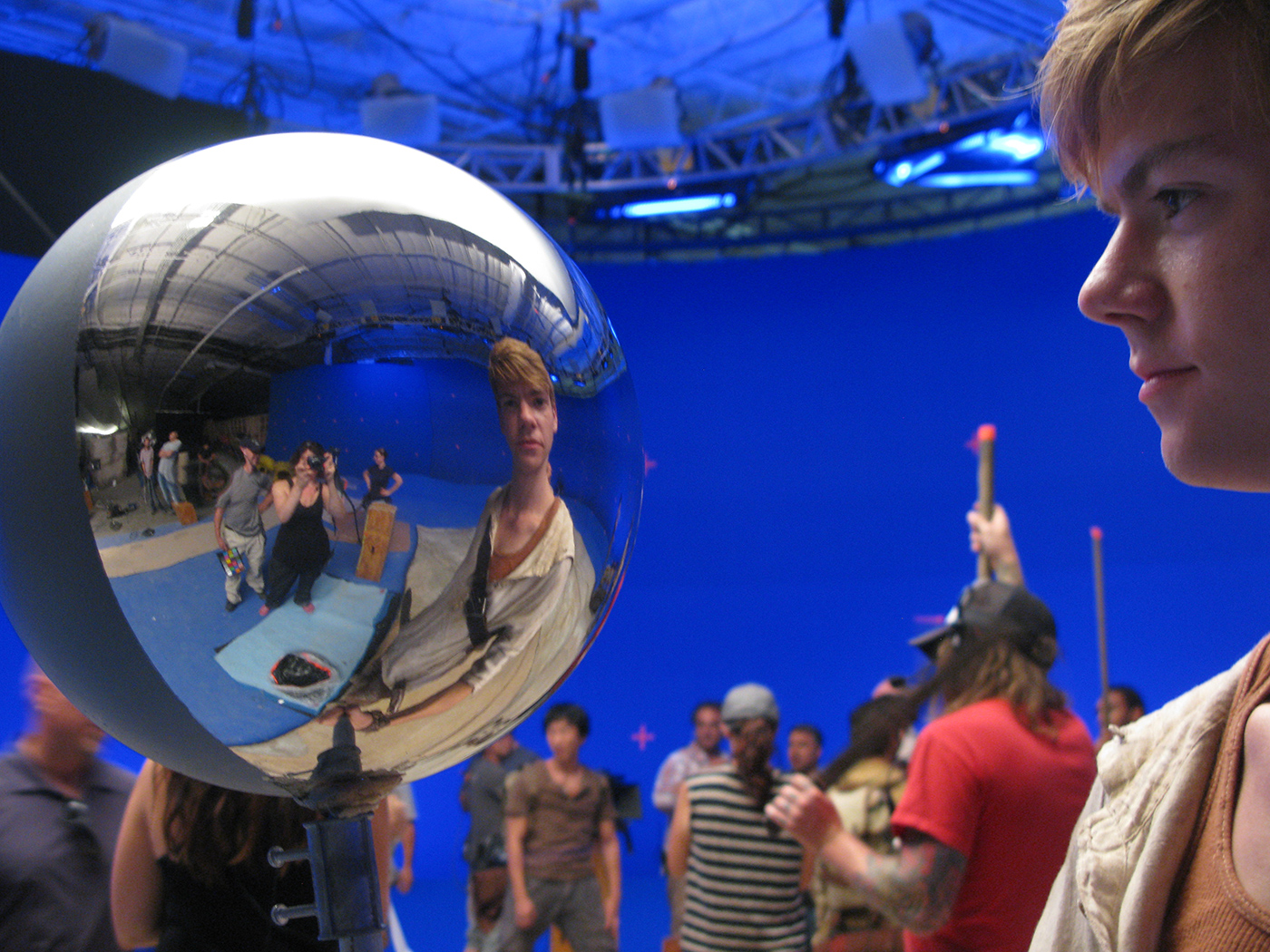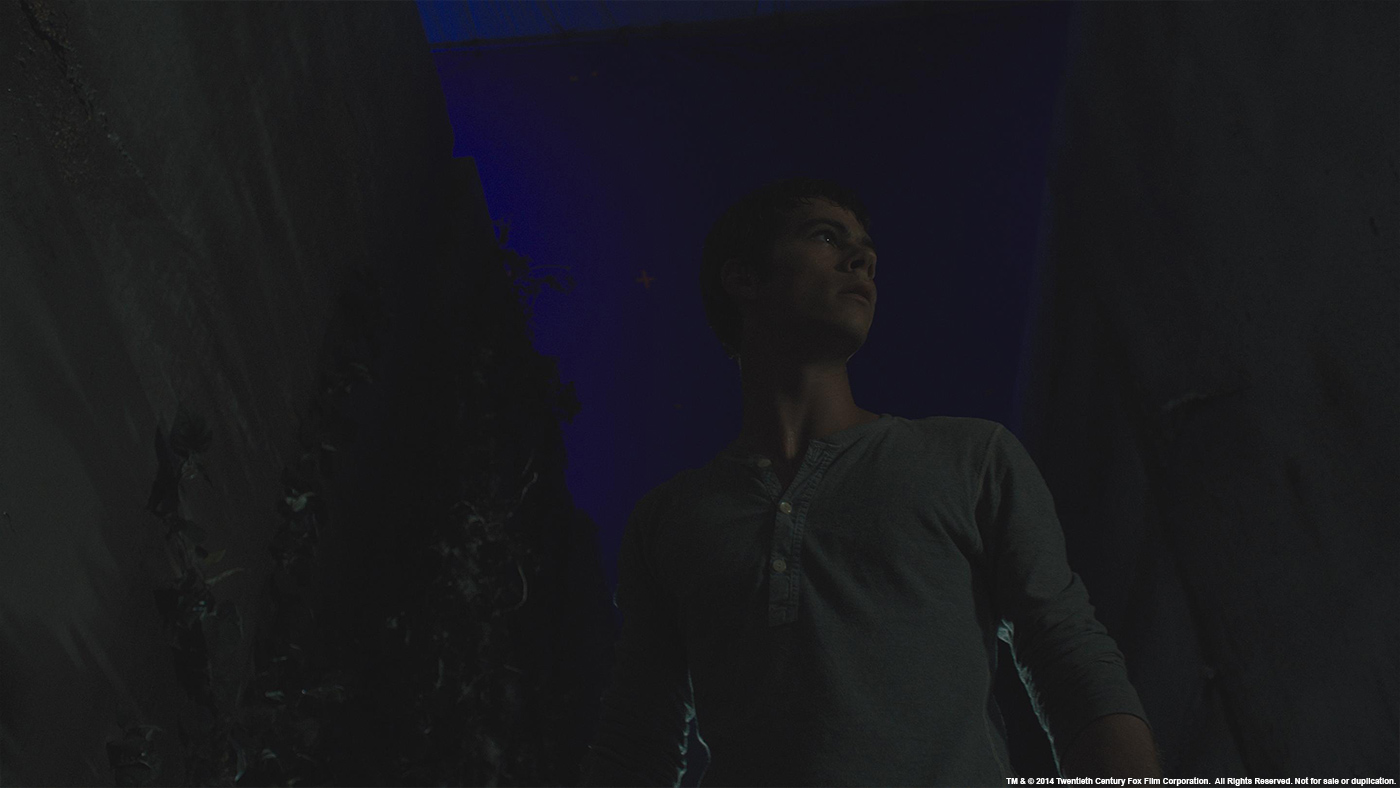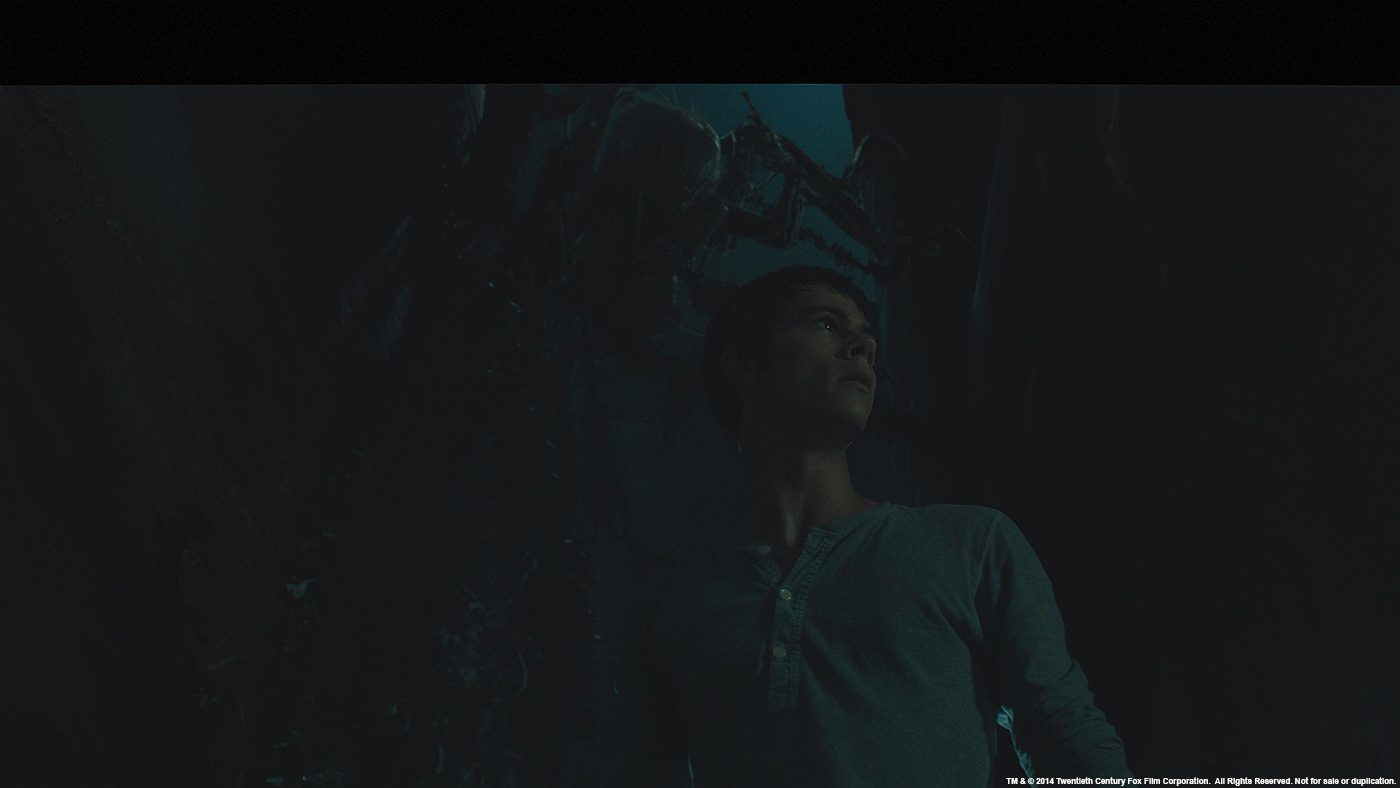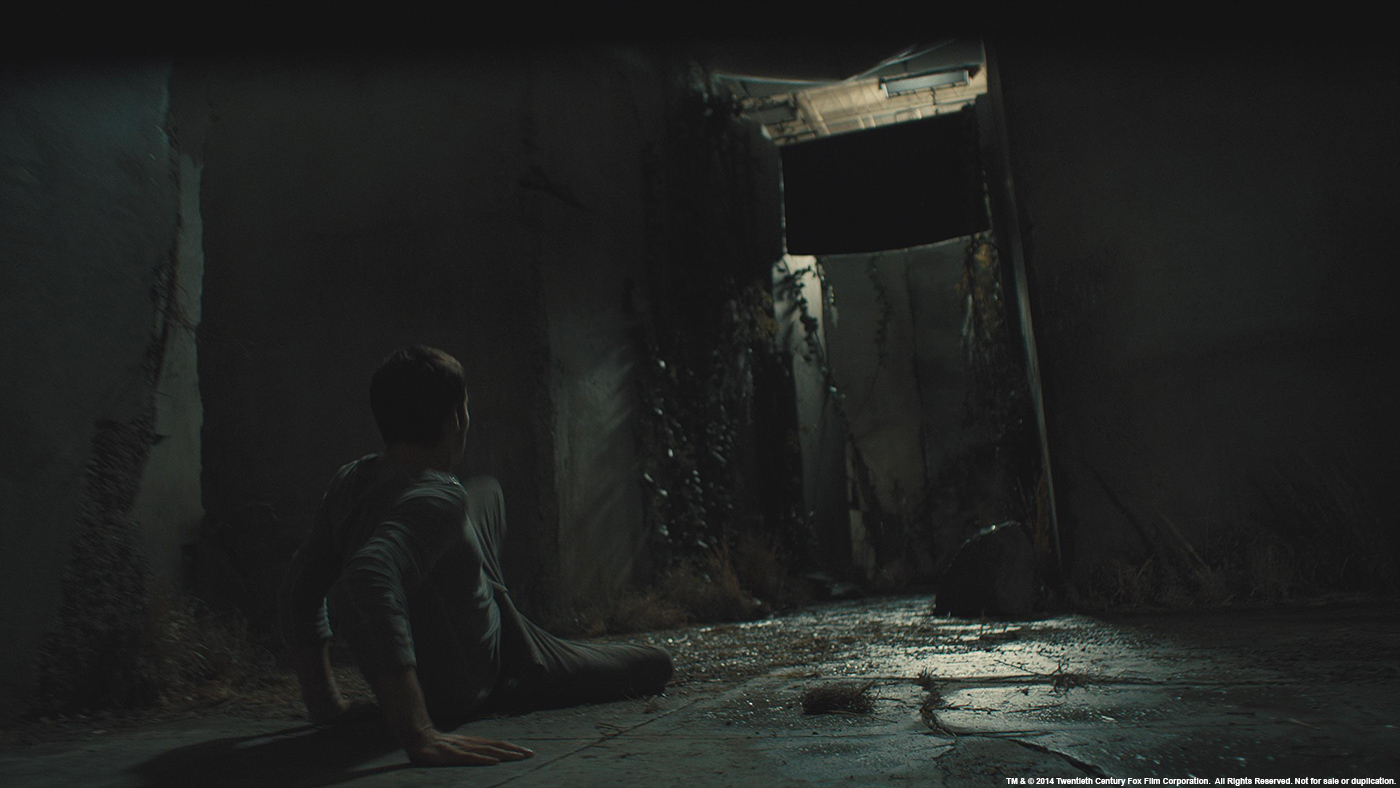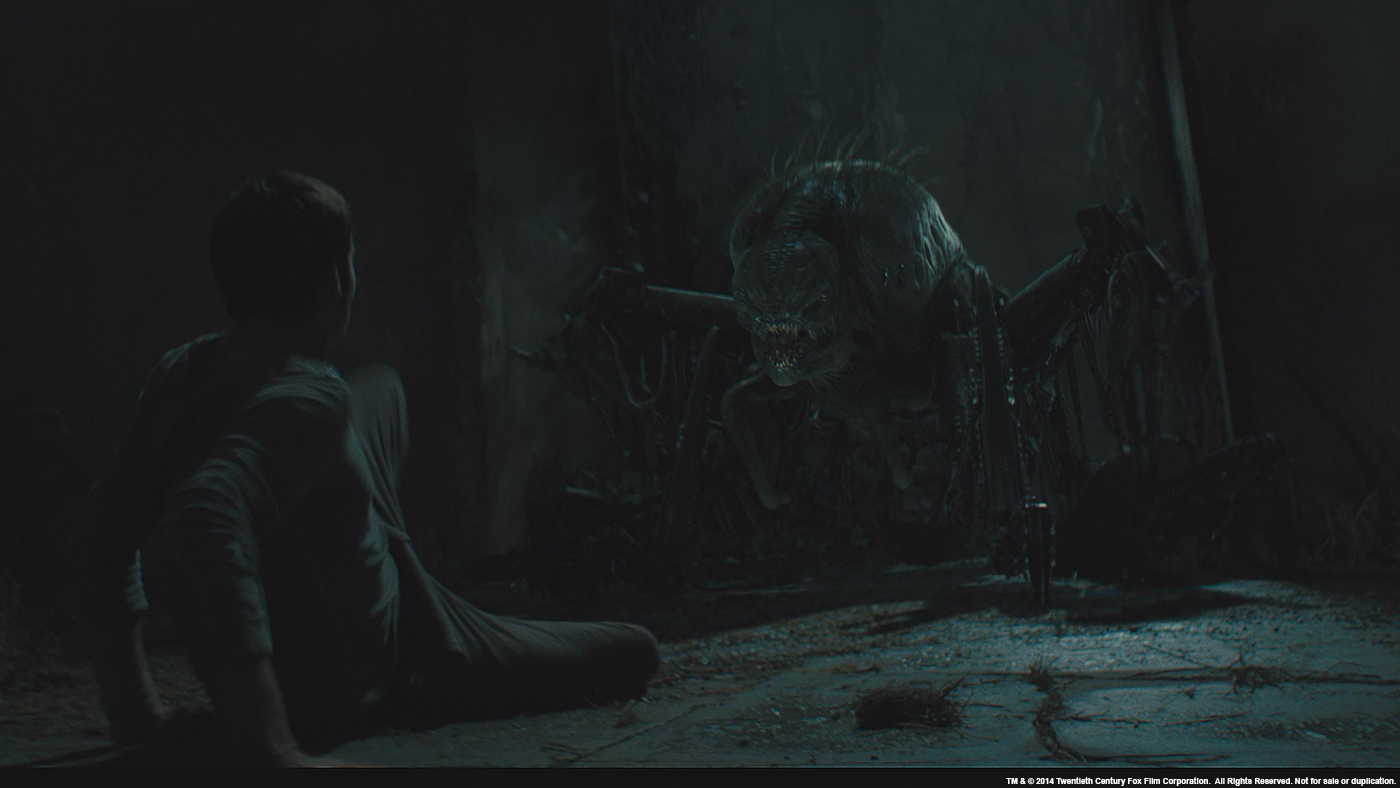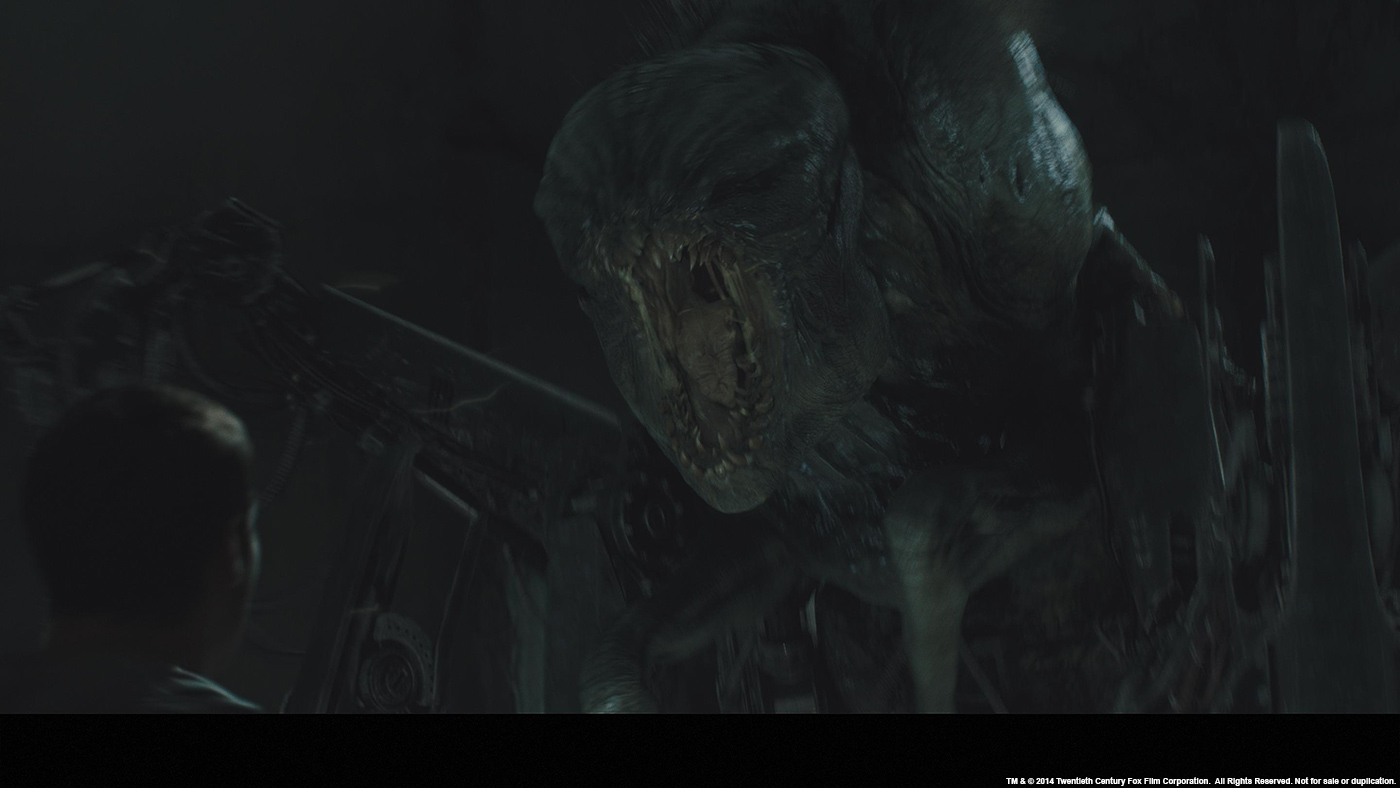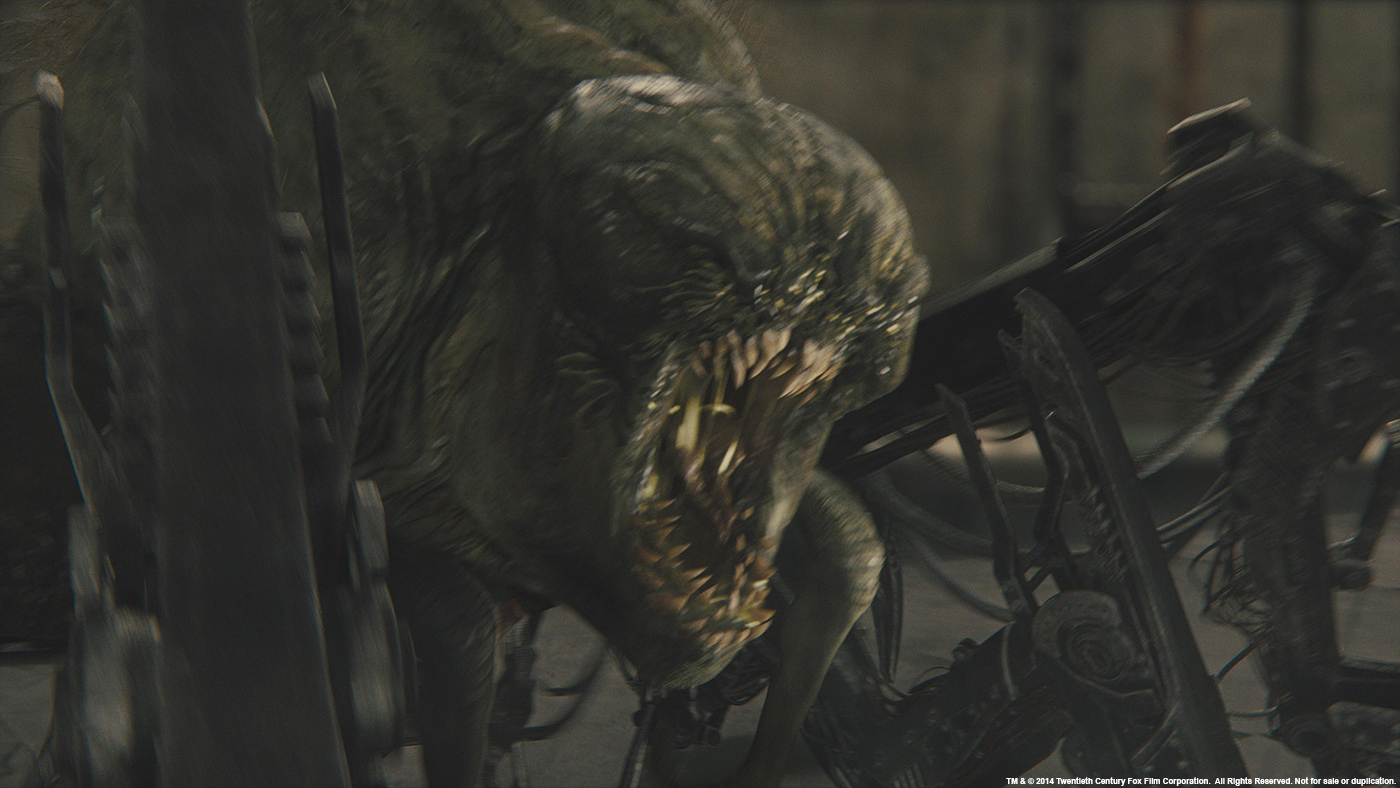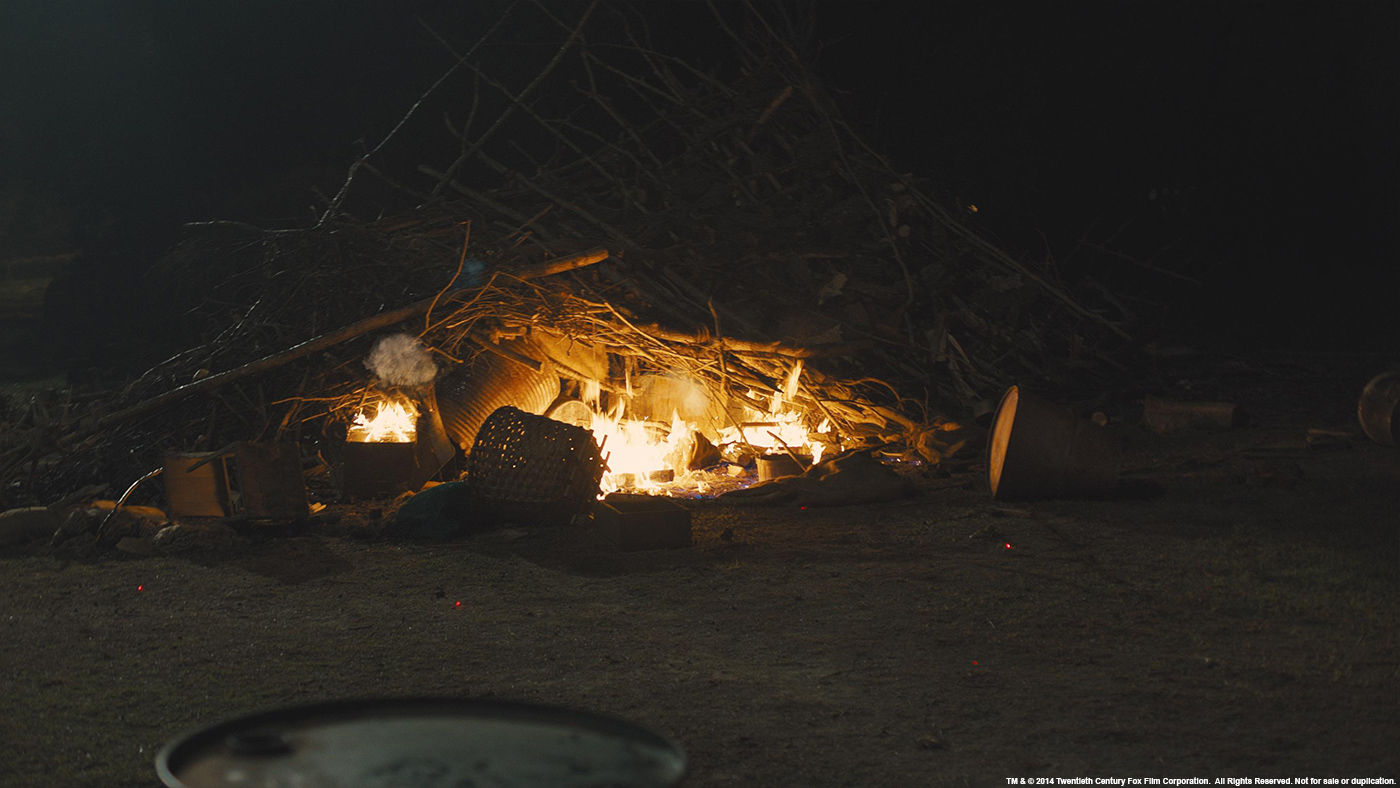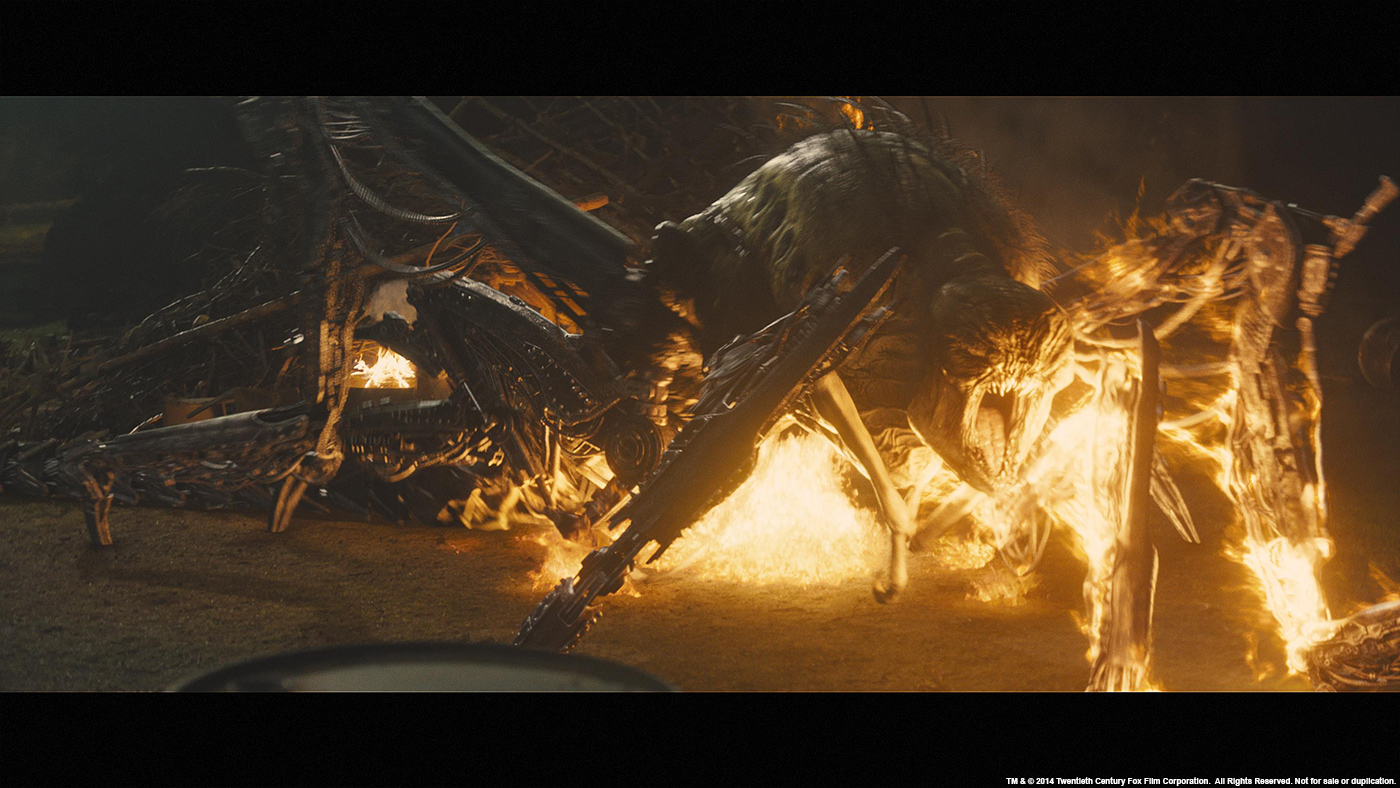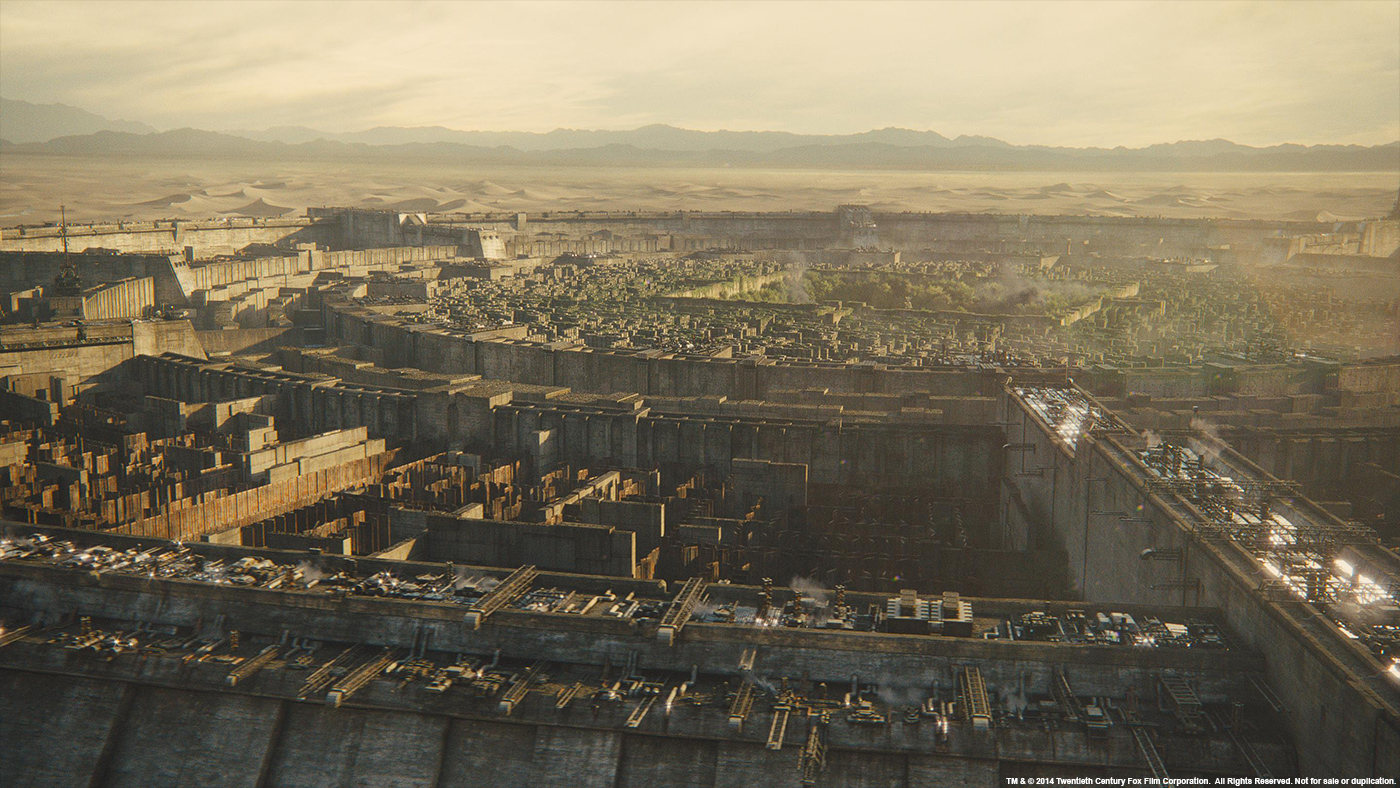In 2012, Sue Rowe explained in details the work of Cinesite on JOHN CARTER. She then joined Method Studios in Vancouver and worked on ENDER’S GAME.
How did Method Studios and you get involved on this show?
As soon as we heard Fox were making a film out of MAZE RUNNER we jumped on a plane to LA and met with Joe Conomy at Fox. We knew it would be perfect for our new Creature pipeline. A Monster and a Maze, plus a cast of teenage boys, got to be a winner! Joe introduced Eric Brevig and I to Wes Ball the director. 2 minutes into the meeting and he jumping around describing the Grievers and how the Maze walls move – all with vocal sound effects. I was sold !
How was the collaboration with director Wes Ball?
Wes has so much energy and passion about the project, you can’t help getting caught up in it with him. He is also single minded and when he wants something he will find a way to get it. He understands VFX, so he was very collaborative in his problem solving, however we never compromised on the final effect. The reason I love effect VFX supervision is exactly that kind of challenge. How can we do it, how can we plus it, how can we get there without killing ourselves. (I know it’s not fashionable to say that right now – VFX or die right! – but I find a loyal team push themselves to the limits anyway). As a Supervisor I will make choices on shots which ones to spend the time on and which ones do we need to re think to get the best result. I always have a plan B ready. Shouting at a problem doesn’t help. Listening and solving gets us a good result. The VFX on this show are exceptionally high we did that in collaboration with Wes.
What was his approach about the visual effects for his first feature film?
Wes did a lot of the Previz for the film before we started the shoot. He uses Modo and had blocked out some significant scenes so we knew what he wanted. Method did tech viz based on these initial ideas which helped us during the shoot. The shoot days were long and the expectations were very high. Wes could have done all the previz himself but time was against us so he also bought on Cine dev and The Third Floor to previz scenes. This helped with some of the more complex scenes like the Griever finale and Grievers attack the Maze.
Can you describe one of your day on-set and then during the post?
On set in Louisiana was up at 5.30 for the drive to the Glade location. Shoot was usually 7 am but we had pre shoot meetings to plan the coming days or just to review the previous days dailies. The location was damn hot and the field was literally snake infested. We had a snake wrangler with us every day! The bugs were everywhere and they made straight for me every day!
Our little VFX team were great and the positive attitude made it great fun. Eric Brevig knows his blue screens so we were ready for anything that was thrown at us. We would shoot very long hours, you get back from set and fall into bed just to get up again at dawn and do it again.
Post was done in Vancouver, Wes visited the Method offices a few times but the business was done via Skype & cineSync. Vancouver and LA are in the same time zone which was good – I had previously been in the UK where the 8 hour time difference brings its own challenges. Wes is also very comfortable with technology so we really didn’t need to be in the same room.
I would start the day with a HOD meeting to discuss plans for the day and challenges coming up. Then desk rounds or bidding with my Producers. Then it’s a roller coaster of dailies. Usually 2D, then 3D – lighting/ modeling dailies and then Animation. I would flag the shots we should send for the next days cineSync to the coordinators who would collate a playlist to Aspera to Wes overnight. Editorial in LA which they would download and cut in early in the morning. A VFX editors work is always underestimated! We did our session with Wes around 4 pm each day which was time enough to get feedback to the team the same day and get quick fixes turned around for the following day. The days in post were less brutal than set but easily a 12 hour day was the norm.
How did you approach the Maze?
The maze was built in a modular way – it was easy to repeat but the ivy that grows on the walls was unique. We built the ivy using Houdini which make sense as its procedural but we needed to write our own script to make it grow in a visually organic way.
Can you explain in details about its design and its creation?
The walls needed to be 100ft tall with ivy growing at the tops. On location we had a section of wall 20 x 40 where we shot a lot of the dialogue shots – a good idea to keep costs down in VFX terms. However the rest of this 900m square field need to have imposing concrete walls. The doors opened at dawn and dusk which gave us great lighting opportunities with golden hour. We play up the raking light to our advantage. Such lighting environments play well to imply scale which was one of the challenges.
How did you manage the light and shadow interactions with the actors and the Maze?
We had to be pragmatic on the set as shoot time was all about the actors. However we also knew the thing that would make this environment look photo real would be the shadows cast on the characters. If the wall was only 16 ft high the shadow would not fall in the right place. We did a lot of roto suppressing high lights and expending shadows – however we did work smart on the day and had a huge black tarp on a rig which we would fly in to cast shadows over areas we couldn’t fix in post. Having the grips understand why you need these things is imperative. In the past there was a perception that VFX asked for things they didn’t need. I found when the crew knew why we were asking for these things they we were always helpful. The crew in Louisiana were excellent, always the can do attitude.
How did you help the young cast to visualize the Maze?
The cast were a right laugh! Dylan Obrien was always messing around – as soon as the camera rolled though they were all in character. Dylan was always asking about the Griever, I think seeing the character develop through the shoot really helped him visualize it. Thomas Brodie (Newt) even held the silver ball for me on a few takes!
Method Studios have to create complex creatures, the Griever. Can you tell us more about its design?
The original designs were done by Ken Barthelemy (check his website). We were given these early concepts and built on it from there. We modeled in Mud box and textured in MARI. We used gross reference for the skin like slugs & leeches. I looked to nature for other details like macro photography of Bed bugs and fleas. This things at macro level look like nasty monsters. Nature has always done it first so I often use this kind of thing as inspiration.
How did you represent their presence on-set?
For the final Griever battle the actors were in 360 degrees of blue – only the floor was real. That was a hell of a thing to pull off. The Griever tunnel is a dark dank environment with dripping water and steam rising from vaults below the floor. To help the actors we had 2 stunt guys in blue with blue painted Griever legs. It was pretty dangerous during the battle, when the guys really got into it the fight looked vicious. At one point Wes jumped into the battle and started throwing the blue legs about hitting the floor just missing the actors – it really took the scene up a notch after that, they were fighting for their lives.
Can you explain step by step the creation of these creatures?
Yes.
- 1. Understand the client brief
- 2. Model in Mudbox
- 3. Texture in Mari
- 4. Pray
- 5. Rig
- 6. Animate
- 7. Pray
- 8. Simulate the griever body using our own finite solver
- 9. Pray a little bit more
- 10. Add interactive ivy using Houdini & Maya
- 11. Pass to lighting
- 12. Over use the term “monster lighting” in dailies
- 13. Provide chocolate to team
- 14. Pass to comp, say “add more rim light” too often
- 15. Provide cake to team and production
- 16. Pray that director likes it
- 17. Final shots – drink beer.
Have you developed a specific pipeline for the Grievers?
We actually created a pipeline just for the Griever here in Method Van. James Jacobs and I met at a VES event in LA and after a few too many beers I decided he should join us at Method. James was at Weta at the time and had just received a Science Tech award from the Academy so it was a long shot – but he came! Then we met Eric de Boer who was on a high from winning LIFE OF PI Oscar! He saw the art work for the Griever and saw the potential of the project. We have some persuasive staff here in Vancouver you know.
How did you work with Animation Supervisor Erik de Boer?
Erik and his team of animators are the best. He and Wes would act out scenes during our dailies sessions we had a lot of laughs and where ever possible he looked for ways to improve the live action.
At one moment, a Griever is on fire. Can you tell us more about it?
This is my favorite shot in the movie! At one point it was out due to the constraints of the budget. We said to Wes – shoot it anyway if we can’t afford it leave it on the cutting room floor and I am so glad we did. Ok it wasn’t a whole sequence as boarded but that’s the game you play – 1 awesome shot beats 5 cheaper shots in my book. We actually shot element for this but in the end we used Houdini fire and elements from Methods comprehensive film library. I love that the Griever arches his back in agony as he burns. His mouth screams open and you see the multiple rows of teeth then the fire light kicks of the metal legs on to the soft surface of his organic body – awesome. Hats off the the FX & comp team for that one.
Was there a shot or a sequence that prevented you from sleep?
The pure complexity of a new pipeline in a growing company. There were stupid days when the render farm would fall over and technology beat me – I was afraid we would fail. But due to the strength of the team we kept it together. We took it in turns to have a wobble. My producer Gayle had done her time at Weta so she knew what it takes to do a creature show. We seem to take it in turns.
What do you keep from this experience?
That if you set your mind to something and build the right team you can do anything.
How long have you worked on this film?
From first meeting Wes in March to the last shot in February was under 1 year.
The shoot was only 9 weeks!
How many shots have you done?
530 (150 Griever shots).
What was the size of your team?
150.
You move from London to Vancouver. How is this new « life » and town?
It was hard to leave the UK but the industry is dictating our lives. My husband and 2 kids love moved here for me so it wasn’t an easy decision. However we love it here now – we live near the beach and I cycle to work. I miss Marks and Spencers though.
What is your next project?
There are a few things out there for me right now – but Method have a big chunk of the character work on NIGHT AT THE MUSEUM 3 and of course, MAZE RUNNER 2 is coming, watch that space!
A big thanks for your time.
THE MAZE RUNNER: VFX Breakdown
THE MAZE RUNNER: Hero Clips by Method Studios
// WANT TO KNOW MORE?
– Method Studios: Dedicated page about THE MAZE RUNNER on Method Studios website.
© Vincent Frei – The Art of VFX – 2014

